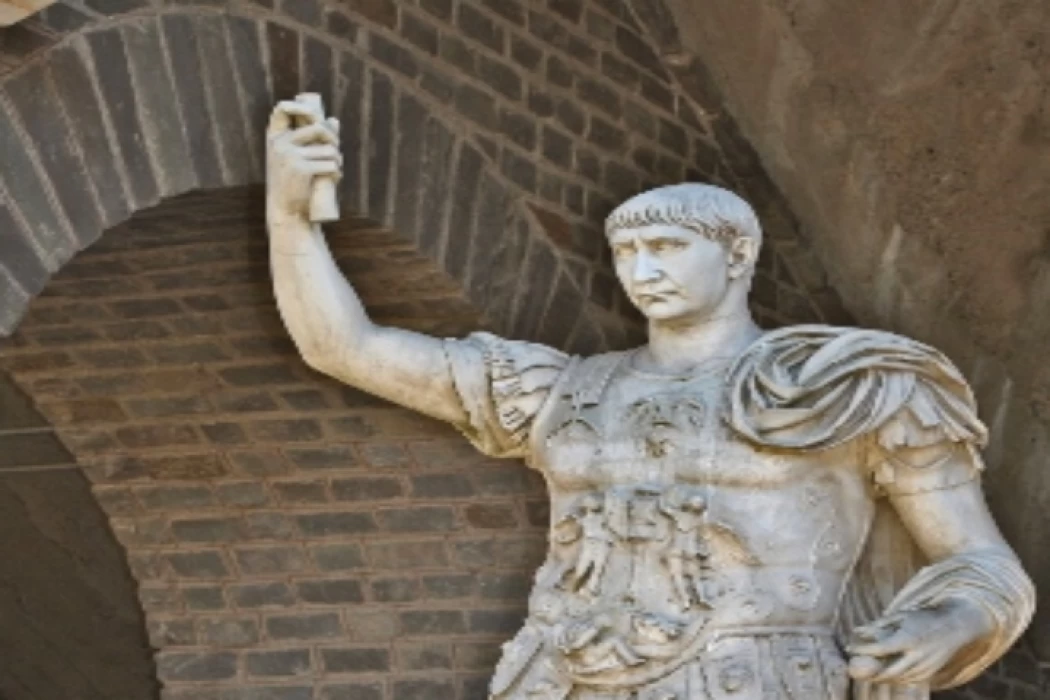
Trajan The Roman Emperor
Trajan The Roman Emperor
Trajan was a Roman emperor whose original name was Marcus Ulpius Traianus. he was born in Italica (in modern-day Spain), Trajan was the first Roman emperor born outside of Italy.
He was also one of the first emperors to be chosen, not to inherit power as part of a ruling family. He ruled from A.D. 98 until A.D. 117.
Before he was emperor, he was an army commander, senator, and governor of upper Germany which helped him to gain the support of the sitting emperor, Nerva.
Emperor Trajan's Kiosk in Egypt
After Nerva’s death in A.D. 98, Trajan started to protect and expand the Roman Empire. He defeated the people from the region of Dacia nowadays is Romania is located.
He used these victories to make projects in Rome. Some of these projects are two libraries and a massive stone column called Trajan’s Column. The column was decorated with carvings that describe the victory over the Dacians.
During his 19-year reign, Trajan expanded the Romans from Scotland to Northern Africa and then moved across the Mediterranean till he reached Iraq.
Trajan during his expansions built a temple in Egypt it is known as Trajan's Kiosk or the Pharaoh's Bed the unfinished temple located on Agilkia Island in southern Egypt. The temple was originally built on the island of Philae, and it was the main entrance to the Philae Island Temple Complex from the Nile River.
It was relocated to Agilika Island in the 1960s by UNESCO due to the construction of the Aswan High Dam. Its function was to shelter the bark of Isis at the eastern banks of Philae island. He had the ability to make an effective balance between making conquests and maintaining life for his people.
With the money he earned, he erected an imperial forum in Rome. It is thought that he was able to transport hundreds of thousands of kilograms of gold and silver from that nation. The market, Trajan's Column—a massive memorial pillar dedicated in 113—and the Basilica Ulpia are all on display within this imposing complex.














